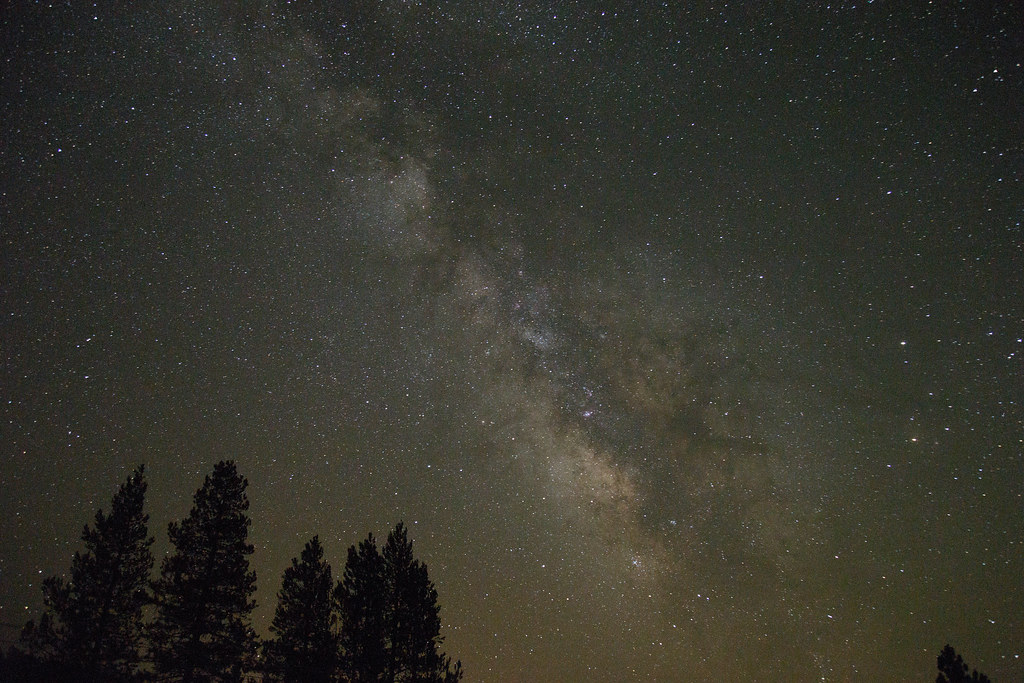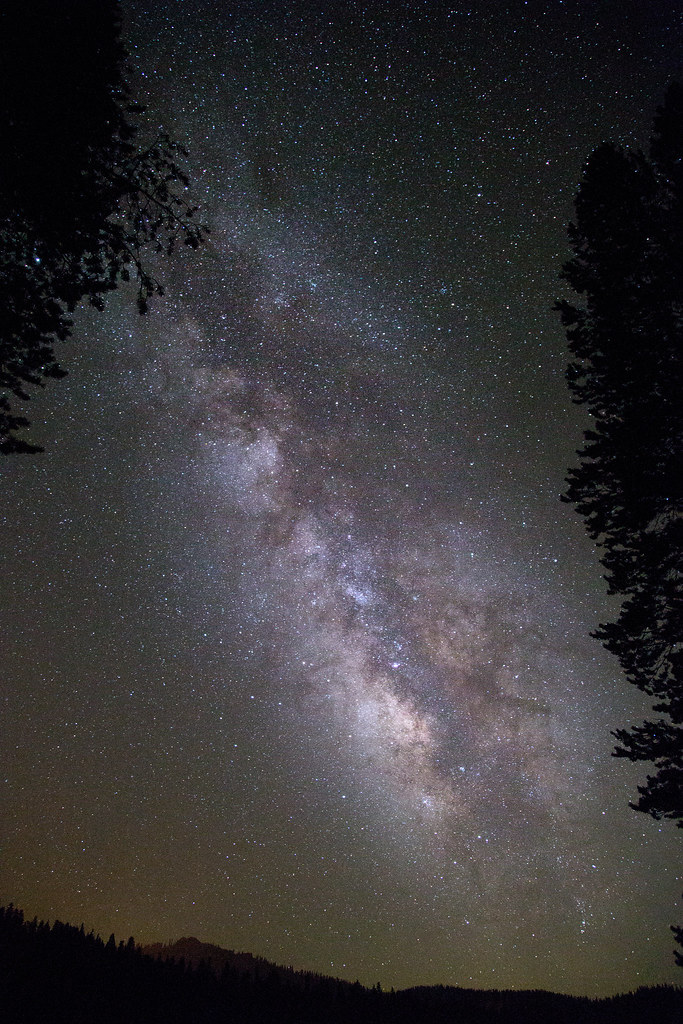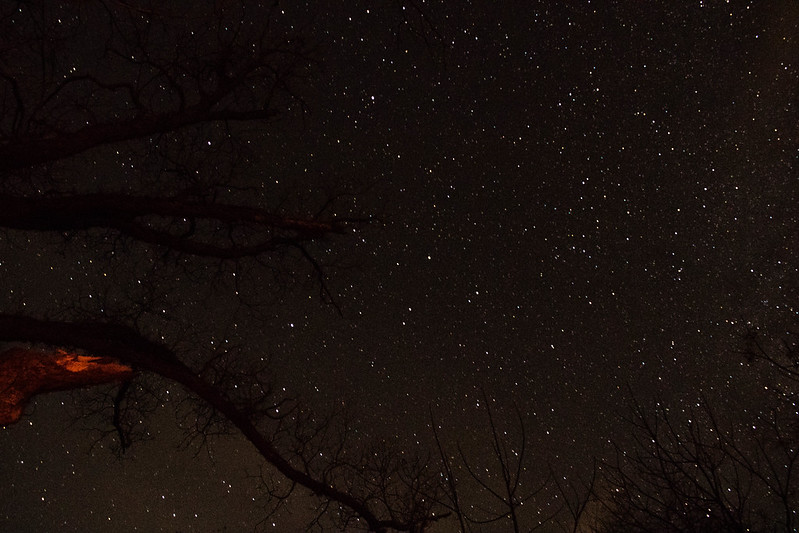For any of you that may be night photographers (NOT the creepy kind...talking stars, milky way, etc.). What SLR lens do you use? From what I've read I leaning toward the Tokina AT-X 116 PRO DX-II (11-16mm, f/2.8) as a first lens as it should be a nice landscape lens too, and I want to avoid fisheye lenses, and staggering price tags.
So, any opinions on this lens, or another that you have found success with. There is plenty of talk on camera forums about such things, but it is hard for a new person to really sort through all the noise there...at least I "know" this group.
So, any opinions on this lens, or another that you have found success with. There is plenty of talk on camera forums about such things, but it is hard for a new person to really sort through all the noise there...at least I "know" this group.








